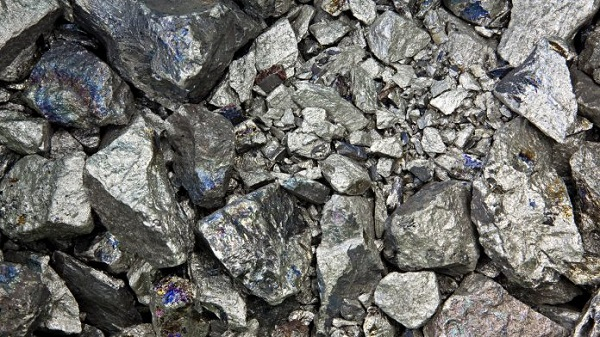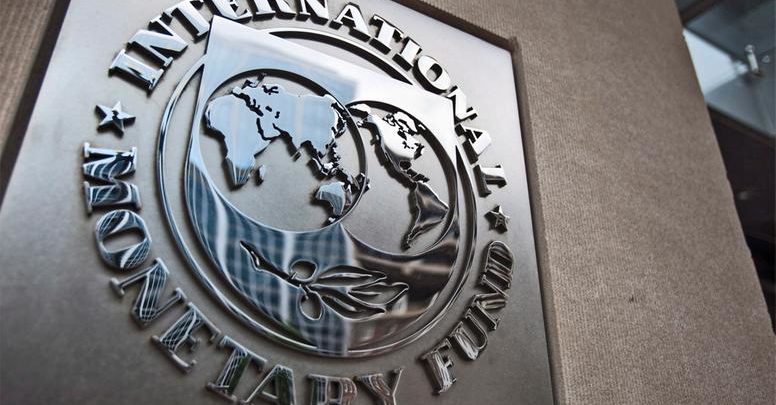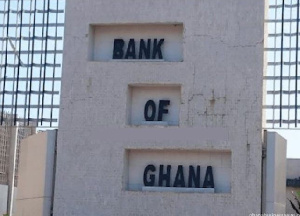Ghana Discovers Potentially Mineable Nickel deposits in Oti Region

Ghana has made a significant discovery of potentially mineable nickel deposits in the Oti Region, a development that could diversify the country’s mineral portfolio and open new avenues for investment in the growing battery metal supply chain.
The discovery occurred during ongoing iron ore exploration in the Gyamurume Range, conducted by the Ghana Integrated Iron and Steel Development Corporation (GIISDEC) and the Ghana Geological Survey Authority (GGSA). Early drill samples have revealed nickel concentrations exceeding one percent—typically considered commercially viable, raising the possibility of Ghana joining the global race for critical minerals.
While certified laboratory results are still pending, initial data from the exploration have shown promising signs.
“We’ve found iron ore in substantial quantities, but we don’t want to see a situation where investors come for iron ore and unexpectedly benefit from nickel,” said William Okofu Darteh, CEO of GIISDEC, during a site visit. “We need to understand the full picture—what minerals are here, in what quantities, and of what quality—before making decisions,” he added.
GIISDEC has commissioned consultants to conduct a comprehensive mineral content analysis, which is expected to be completed by September 2025. This study will assess the grade, volume, and distribution of both iron and nickel within the site.
“We are conducting a full analysis because our mandate is to manage not only iron and steel but also related minerals like copper and nickel,” Mr. Darteh emphasized. “This remains within our operational scope under the law.
The GGSA confirmed that nickel was present in all eight drill holes completed so far. The nickel concentrations observed are within the economic range, with some even exceeding one percent, which is considered mineable.
“We used handheld scanners for initial checks, and the results were promising. But we are now waiting for data from certified commercial laboratories to provide a clearer and more accurate picture,” explained David Yaw Kuma, senior geoscientist with GGSA.
While the discovery of nickel was unplanned, the team recognizes its significance. “It’s not something we anticipated, but now we must carefully evaluate it,” Mr. Kuma noted. “We cannot overlook it.”
Nickel is a key component in lithium-ion batteries, which have seen growing demand due to the global energy transition. As countries accelerate their shift towards electric vehicles and renewable energy, the demand for nickel has surged, making this discovery particularly timely for Ghana.
The discovery aligns with the country’s broader strategy to become a significant supplier of critical minerals. Ghana is also developing the Ewoyaa Lithium Project in the Central Region, which is projected to produce approximately 365,000 tonnes of spodumene concentrate annually. Together, these projects signal Ghana’s ambitions in the battery metal market, traditionally dominated by countries such as Indonesia, the Philippines, and Australia.
Despite the excitement surrounding the nickel discovery, both GIISDEC and GGSA are adopting a cautious approach until lab-confirmed results are obtained. “We are not rushing to conclusions. Once we have the laboratory results, we’ll know what steps to take next,” Mr. Darteh said.
“We have something worth exploring, but we must wait for the precise data. This is how we build a strong mining sector—by relying on science and facts, not speculation,” Mr. Kuma added.
Should the nickel discovery be validated for commercial extraction, it is expected to boost investor interest in the Oti Region and contribute significantly to Ghana’s efforts to modernize and expand its mining sector.
GIISDEC has stressed the importance of transparency in engaging with potential investors. “If we are offering iron ore and there is also nickel, we must be upfront about it,” Mr. Darteh stated. “This is how we build trust and long-term investment.”
As Ghana continues to explore and develop its mineral resources, the nickel discovery in Oti could prove to be a game-changer. With the right investments and careful evaluation, the country could position itself as a key player in the global battery metals market, helping to fuel the energy transition and driving sustainable growth for the region.






